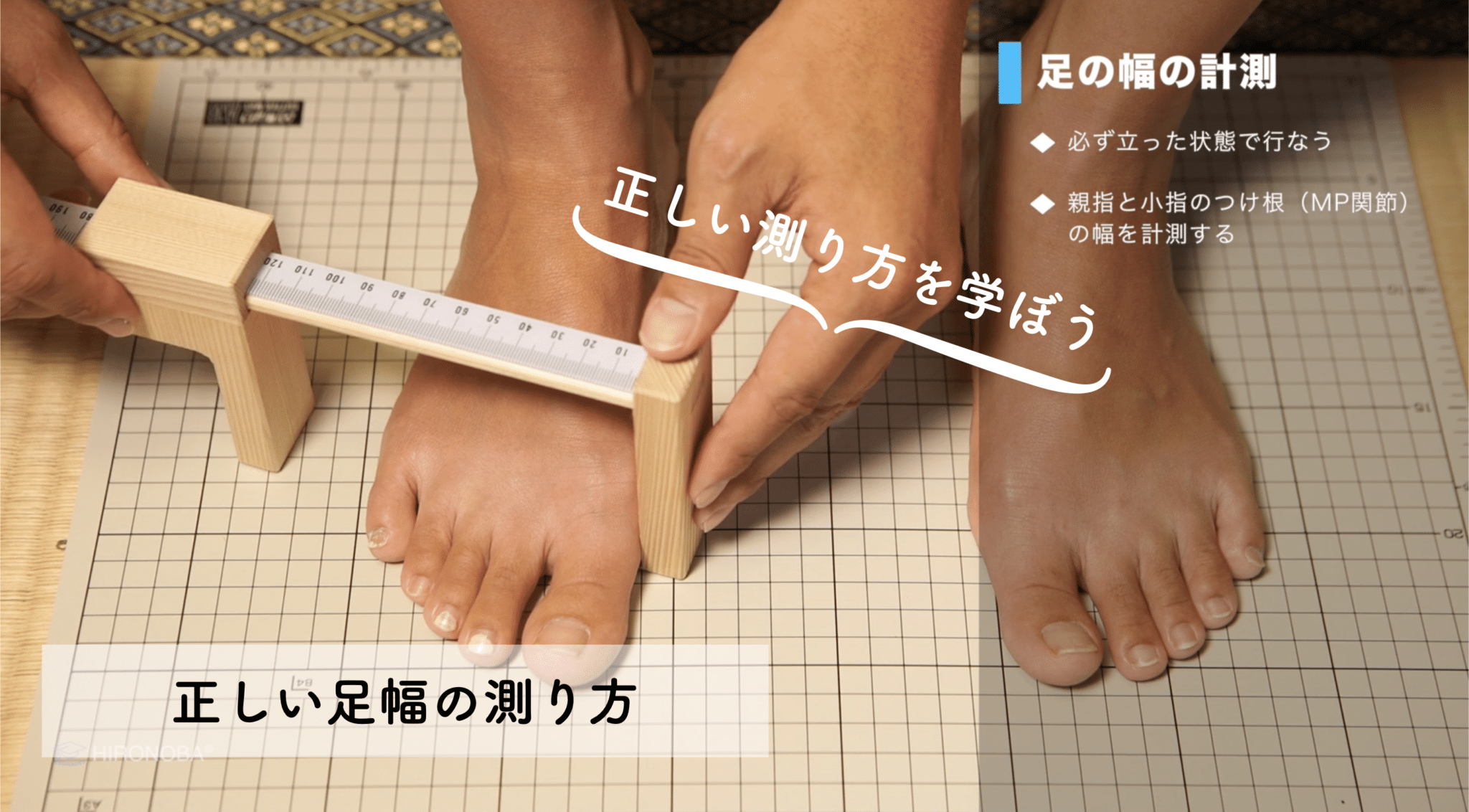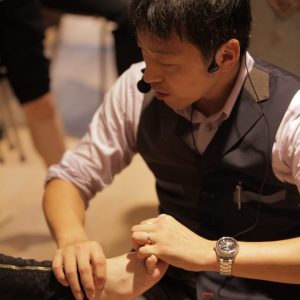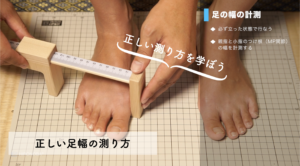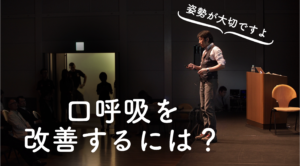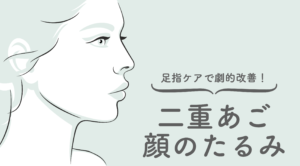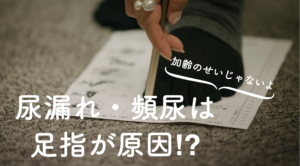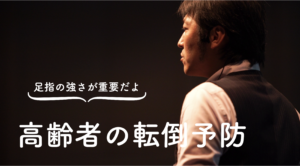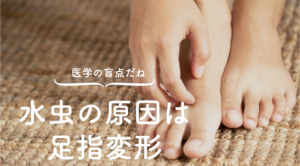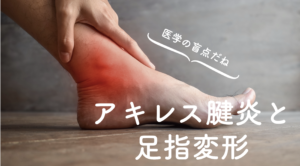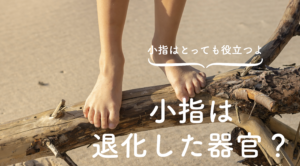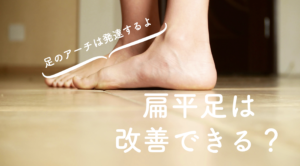Master the correct foot measurements!
Correctly measuring the foot width maximizes the function of the toes,
It brings out the body's natural performance.
Commentary by a toe doctor

YOSHIRO YUASA
Keiro Yuasa
Dr. Toe, Director of Toe Research Institute, President of Japanese Society of Functional Foot and Toe Therapy, and developer of Halmek shoes. Former director, vice president, and medical director of General Hospital. He specializes in exercise physiology and anatomy. He is also a foot and shoe specialist and a leading expert in postural occlusion therapy. He has cured various orthopedic diseases (over 70,000 people) with toe therapy alone.
Which foot should the shoe fit?
It is wrong to match the longer leg.
Isn't it just a matter of measuring the size of the foot and that's it? Most medical professionals think that it is. However, many people's feet differ in length from left to right. It is hard to know which foot size to use. In such cases, the "foot width" is what is needed.
For example, suppose someone has legs like this.
Right foot: foot length 23.5cm, foot width 80mm
Left foot: foot length 24.5cm, foot width 85mm
Most shoe stores will fit the foot of the person with the longer foot length (foot length). Therefore, if you are wearing lace-up shoes, you would choose "25.5cm shoes", which is "foot length + 1cm".
But that is a mistake.
The correct answer is to match the original foot.
Correct shoe selection should match the "foot length closer to the original foot".The "true" foot is the one that is in the center of the body. So how do we know which is the "true foot"? To do so, we need to know the "foot width.
First, why are the foot widths different? We need to know. In the foot, the bones are supported by many muscles and ligaments. This allows the skeleton to maintain its correct shape.
But what happens when the muscles lose strength and cannot support the bones? The foot becomes flat or open, and the foot length and width widens. In other words, muscles and ligaments become stronger,Feet that are not flat or open are closer to the "original foot".We can say.
Right foot: foot length 23.5 cm, foot width 80 mm → no loss of muscle strength
Left foot: Foot length 24.5 cm, foot width 85 mm → Muscle weakness
This is the case.
We can determine that the left foot: foot length 24.5cm -> foot length has increased due to flat feet, foot width 85mm -> foot width has increased due to open feet.In other words, the right foot is closer to the "original foot," so the correct answer is to choose "24.5cm shoes" with a foot length of +1cm.It is.
How to Measure Feet
What to prepare for foot width measurement
A special scale is needed to measure foot width. Doctors, physical therapists, judo therapists, and others who examine and rehabilitate feet are recommended to purchase one. The one I use is a scale sold by the Foot, Shoe and Health Council. I am not a member of the FHA myself, but I have tried many of them and found them easy to use, so I will introduce them to you.
Measure in a standing position
First, ask the person on the other side of the measurement to stand. Have both feet about shoulder-width apart. Remember to measure both feet.

Check the base of the thumb and little finger.
Locate the base of the thumb and little finger (MP joint). Measure the location with a scale, which will be slightly tilted.

Scale to MP joints
It is important to measure without pressing too hard on the scale.

The scale is slowly pulled out.
When you have finished measuring, slowly pull the scale out from the foot. Be careful not to move the moving part of the scale at this time. It will change the size of the measured foot width.

Describe the size of the foot width
Once the scale is removed from the foot, look at the length of the scale. That length is the "foot width: the actual width of your foot. Once you have finished measuring one foot, measure the opposite foot in the same way.
Right foot: 88mm Left foot: 92mm
In this case, the right foot, with its narrower width, is closer to the "true foot," so it is best to choose shoes according to the foot length of the right foot. Please refer to the following link for how to measure foot length.
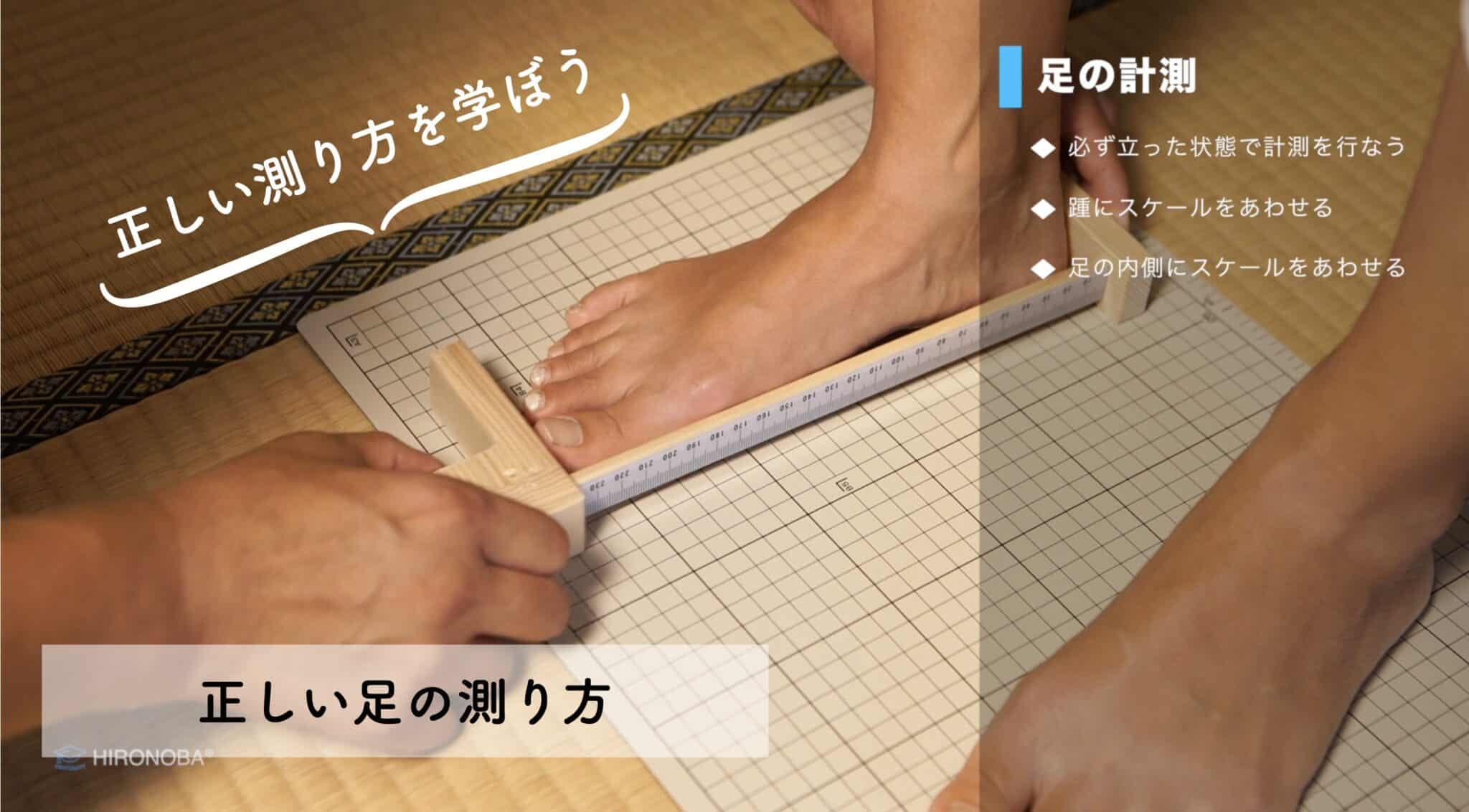
Try to measure even in a sitting position.
As a test, let's also measure the width of your feet in a sitting position. You will see that the actual measurement is different from the size of the foot in the standing position.

Foot width sizes may differ by as much as 4 mm.
It varies from person to person, but in this case, the right foot was 84 mm and the left foot was 88 mm in the sitting position.

(Standing)
Right foot: 88mm Left foot: 92mm
(Sitting)
Right foot: 84mm Left foot: 88mm
In a sitting position, both the right and left leg are 4 mm smaller. What we can say here is that both legs have lost no small amount of muscle strength. Ideally, the foot widths in the "sitting" and "standing" positions should be about the same size.
In other words, what we can infer from the measurement of this person's foot width is that the "foot length" (length of the foot) will probably become smaller as the toes are cared for and the flat foot improves as the muscles build up. For example, if this person's foot length is
Right foot: 23.5cm
Left foot: 23.9cm
Let's say it is. You choose 24.5cm shoes for your right foot, but if you wear HIRONOBA EXERCISE and YOSHIRO SOCKS and take care of your foot, you expect that in the near future (one or two years), the length of your foot will be about 23.0cm for both your right and left feet.
Then the shoe size needs to be changed from 24.5 cm to 24.0 cm. Therefore, even if symptoms such as back pain and knee pain have improved, it is best to have the patient visit the clinic for foot measurements once every six months or so.

Note that measuring foot size in a sitting position may lead to poor posture and increased strain on the knees and hips, since it is impossible to select the correct size shoe and may result in poor function of the toes and feet.

